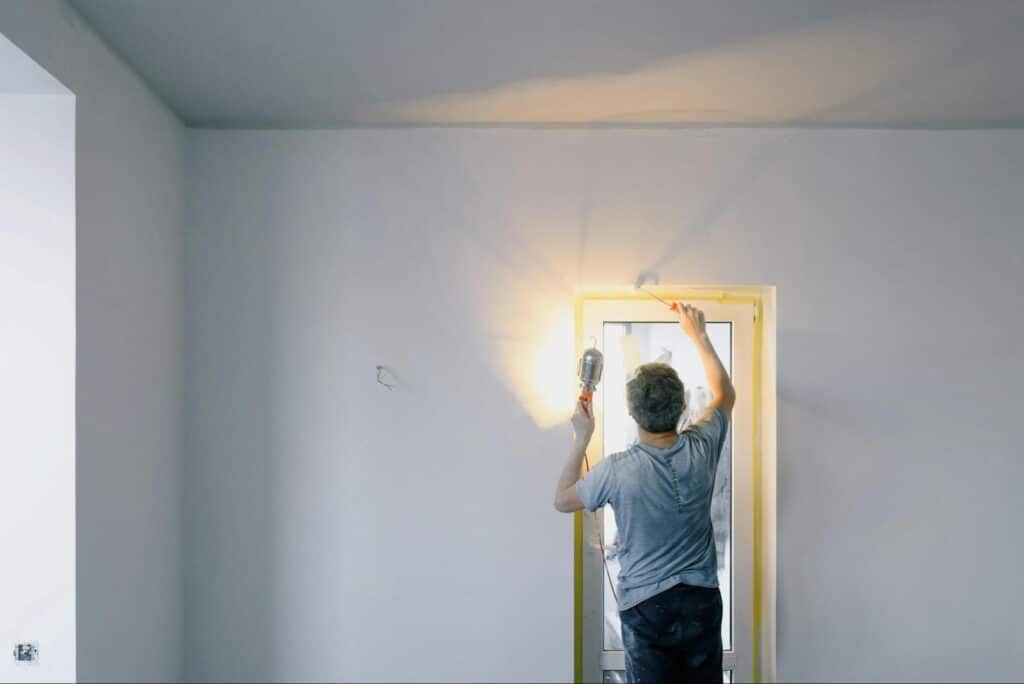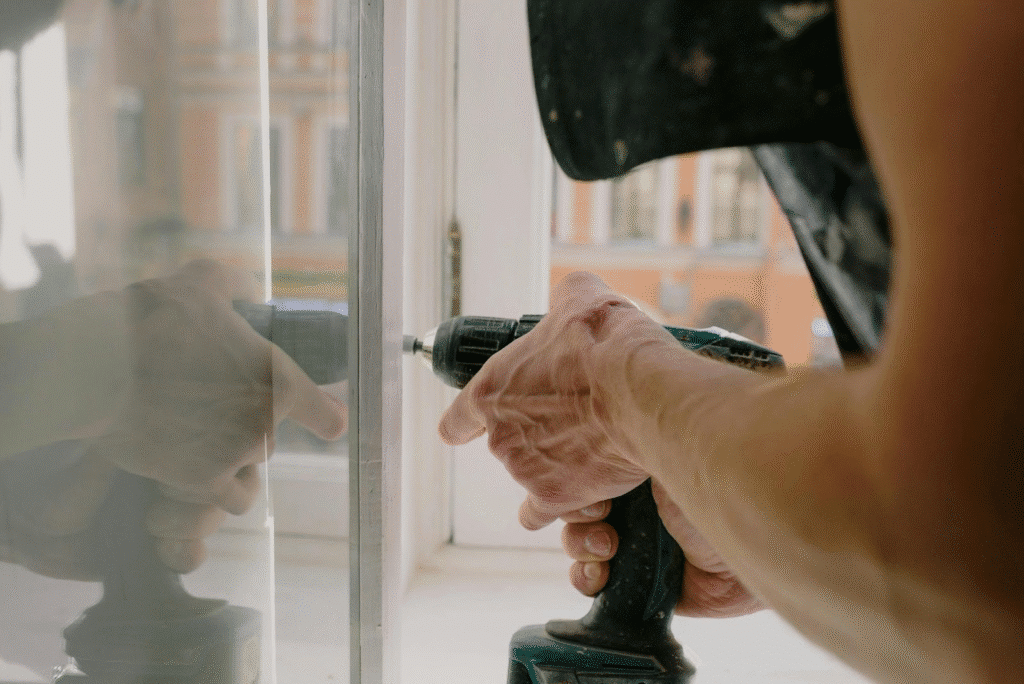Every homeowner knows that small issues around the house can quickly turn into bigger problems if left unattended. From leaky faucets to squeaky doors, handling minor repairs on your own saves money and gives you a sense of accomplishment. The key to successful do-it-yourself (DIY) home repairs lies in having the right tools, basic knowledge, and confidence to get the job done safely and efficiently. This guide highlights the crucial tools and techniques you need to make small home repairs manageable and stress-free, so you can keep your living space functional and comfortable without always relying on professionals.

Building a Reliable Toolkit
A strong DIY journey begins with the right set of tools. Every household should have a basic toolkit equipped with a hammer, screwdrivers (flathead and Phillips), pliers, a measuring tape, and an adjustable wrench. These versatile tools cover most common repair tasks, from tightening loose screws to assembling furniture. Adding a cordless drill, utility knife, and a level can further expand your repair capabilities. Keeping these tools organized in a sturdy toolbox ensures that when a repair need arises, you won’t waste time searching for what you need.
Mastering Wall and Furniture Repairs
Walls and furniture often show signs of everyday wear, from small dents and scratches to loose or wobbly components, but most of these issues can be addressed with simple DIY techniques. Spackle, sandpaper, and paint help patch holes in walls, while wood filler and polish restore furniture surfaces. For parts that require extra strength, using blind rivets for secure fastening can provide a reliable hold where screws or nails alone might fail. Tightening loose screws, applying wood glue, or reinforcing joints ensures that furniture remains sturdy, functional, and visually appealing. Regular attention to these repairs keeps your home looking well-maintained and extends the lifespan of your belongings.
Tackling Plumbing Fixes
One of the most common household repair challenges is plumbing. Minor plumbing issues like a dripping faucet, clogged drain, or running toilet are often simple enough to address without hiring a plumber. A plunger, pipe wrench, plumber’s tape, and a few replacement washers are must-haves for these tasks. Learning how to shut off the water supply before starting any repair is crucial to avoid messy accidents. Online tutorials can guide you through most basic plumbing fixes, and with a little patience, you’ll gain the confidence to stop leaks and restore water flow on your own.
Managing Electrical Repairs Safely
While major electrical work should always be handled by professionals, there are plenty of safe, small electrical fixes you can do yourself. Replacing a light switch, changing an outlet cover, or swapping out a light fixture can be done with a screwdriver and a voltage tester. Safety comes first. Always switch off the breaker before working on any electrical component. A quality flashlight and a supply of replacement bulbs help keep your home well-lit and functional. Understanding your limits is key, so never attempt complex wiring without the proper training.
Addressing Flooring and Door Issues
Creaking floors, loose tiles, or sticking doors can be frustrating but are often simple to repair. A few nails, adhesive, and a rubber mallet can handle most flooring concerns. Sticking doors may only need a hinge adjustment or a bit of sanding to restore smooth operation. Weatherstripping is another inexpensive and easy fix that seals gaps around doors, improving insulation and reducing energy bills. Regularly addressing these small issues prevents them from escalating into costly repairs in the future.
Quick Fixes for Kitchen and Bathroom
Kitchens and bathrooms are the most heavily used areas of the home, making them prone to wear. Replacing a broken cabinet handle, tightening a loose faucet, or re-caulking around the sink are straightforward repairs that significantly improve functionality. Silicone caulk, a caulking gun, and some basic cleaning supplies can help prevent mold buildup and water damage. For kitchens, keeping a set of replacement knobs, drawer slides, and hinges can save you time and money when small parts break. Staying proactive in these spaces ensures a cleaner and more efficient home environment.

DIY home repairs don’t have to be intimidating. With the right tools, a little know-how, and a willingness to learn, you can handle a wide range of small issues that come up around the house. From patching walls to fixing leaks and squeaks, these simple tasks help you save money and keep your home in top shape. At the same time, understanding when it’s best to call a professional ensures that your safety and your home’s integrity remain intact. Start small, stay prepared, and you’ll soon find that DIY truly is made easy.
- 0shares
- Facebook0
- Pinterest0
- Twitter0



